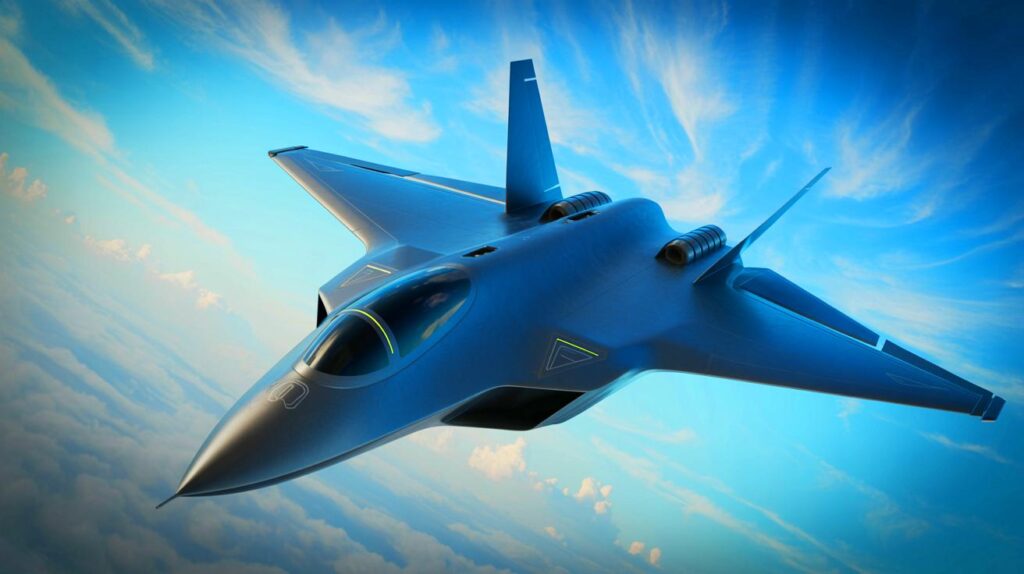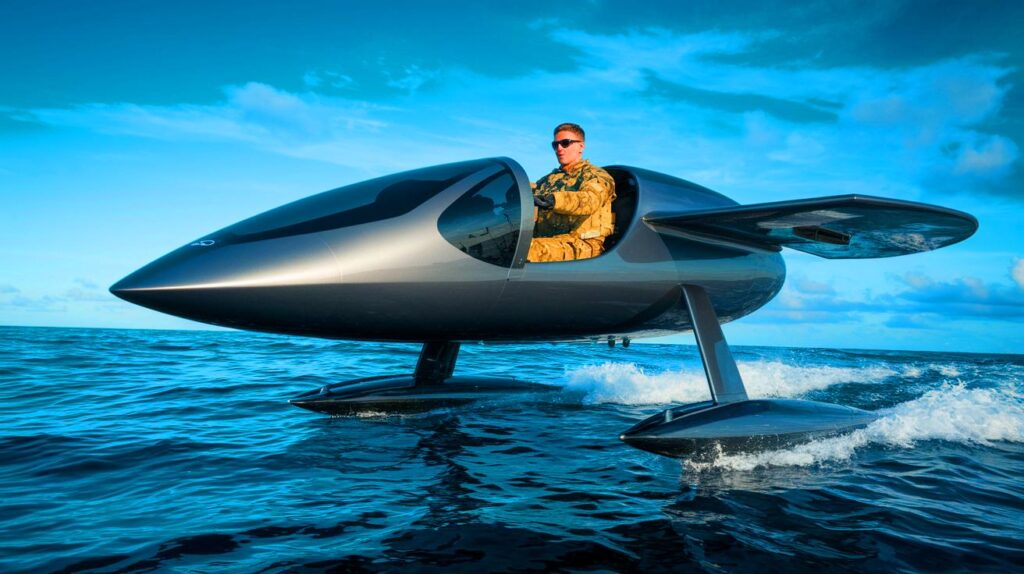| In Brief |
|
The recent release of a video showcasing the Chengdu J-36 by China has captivated the world’s attention. This sixth-generation stealth fighter, still shrouded in mystery for many, exhibits an innovative tail-less design and is powered by three engines. While its actual capabilities have not been officially confirmed, the aircraft may redefine standards in air power. This technological advancement appears to send a strategic message to the United States, emphasizing China’s growing military prowess. Amid ongoing debates about the People’s Liberation Army’s (PLA) combat readiness, the new capabilities of the J-36 only add to the intrigue.
The J-36: A Game-Changing Innovation?
The latest footage of the Chengdu J-36 demonstrates impressive agility, an essential characteristic for a fighter of its type. The aircraft performs tight turns and low-altitude passes, thanks to advanced thrust vector control nozzles integrated into a tail-less flying wing design. This design is seen as a clear statement from China towards the United States, asserting its strong position. The video, thoroughly analyzed by Défense 360, reveals a powerful thrust-to-weight ratio along with fluid control mechanisms that maintain stealth. These features suggest significant potential for this new generation of fighters.
Unique Features and Capabilities of the Chengdu J-36
The J-36 stands out with its unique three-engine configuration, a rarity in the landscape of modern fighters. This arrangement, with air intakes positioned above and alongside the fuselage, provides advantages in thrust and redundancy. The aircraft can reach a maximum speed of Mach 2.5, making it suitable for air superiority and strike missions. The J-36’s internal weapon bays allow it to carry a substantial amount of ordnance, potentially including nuclear weapons. Additionally, it could function as a “mother ship” for drones, controlling a squadron of combat drones, thus enhancing its electronic warfare capabilities and bomb damage assessments. This versatility makes the J-36 a major asset for the Chinese armed forces.
A Strategy Focused Inward or Outward?
Despite China’s military advancements, questions linger regarding its true intentions. A report from the American think tank RAND Corporation suggests that China’s military modernization primarily aims to strengthen the power of the Chinese Communist Party (CCP) rather than prepare for war. According to Timothy Heath, a China expert, the PLA spends 40% of its training time on political subjects, which impairs its combat readiness. These observations raise concerns about the real effectiveness of the Chinese armed forces. However, the ongoing development of stealth fighters and warships indicates China’s growing ambition in military power.
Specialist Perspectives

China’s decision to publicize demonstrations of its J-36 intrigues many experts. These tests appear to be a clear message directed at the American administration. Specialists like Kelly Grieco view the choice of a three-engine configuration as a compensation for the absence of a single powerful engine like the WS-15. This approach could provide increased redundancy and reliability. The development of this stealth fighter highlights China’s impressive technological advancements, but it also raises questions about its long-term strategic intentions.
As the J-36 continues to capture international attention, experts ponder the future direction of China’s military strategy. Are these technological demonstrations signs of a greater desire for global influence, or merely tools to reinforce the internal power of the CCP? What will be the next step in the evolution of Chinese air power?







